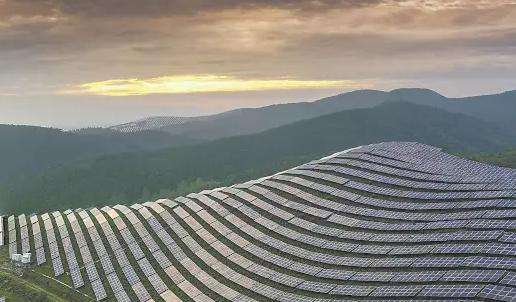Question 1: What is a shaft in engineering? Building shafts are generally used in high-rise buildings as shafts for ventilation, smoke exhaust, water pipes, cable trays, etc.
Question 2: What is a construction shaft? Can you elaborate? Building shafts are generally used in high-rise buildings as shafts for ventilation, smoke exhaust, water pipes, cable trays, etc.
Question 3: What are the commonly designed shafts in large-scale architectural design? The main shafts in architectural design include: air shafts, water wells, strong current wells, weak current wells, elevator shafts, and garbage shafts. , flue wells, bathroom pipes, etc., are designed in accordance with the specifications according to the functional needs of the building.
Question 4: What is the electrical shaft in construction? What is a pipe well? Electrical shafts are a type of pipe well. There are generally three types of pipes inside a building. well.
Question 5: What is the vertical air shaft leading to the outdoors from the civil air defense project outside the building?
Question 6: Building What are the shafts in the drawings used for? Pipe wells: smoke exhaust, air supply, water pipe wells, electrical pipe wells, etc.
Question 7: What is shaft construction? During the construction of long tunnels, in order to shorten the construction period, shafts or inclined shafts must be set up to increase the working surface (the shafts are used for ballast removal through vertical transportation). Some have parallel guide pits set up.
After the tunnel is penetrated, the shaft or inclined shaft is useless. It can be used as a ventilation channel, sealed or locked according to the design.
There is no fixed specification requirement for the distance between the shaft position and the opening. The main consideration is the division of ventilation sections, ventilation resistance, setting conditions of the machine room, engineering geological conditions, hydrogeological conditions, terrain conditions and other actual conditions.
Question 8: What are the two understandings of tube wells in housing construction:
1. Tube wells are tubes placed vertically underground to collect water or protect groundwater. structures. It is a water supply and drainage facility for industrial and agricultural production, urban, transportation, and national defense construction.
2. The tube well is a space in the stairwell where plumbing pipes and equipment tables are gathered together, that is, the tube well.
Question 9: What is a well in a building? It is a pipe well for water supply
Based on your question, my understanding is:
The standard floor area is 900 square meters, which is not very large. It is enough to use ceiling fans. The fans can be installed in corridors, bathrooms, or warehouses.
About: Does the ventilation shaft of the ventilation machine room or the machine room itself need to be against the external wall?
My understanding: It doesn’t matter, it depends on the building structure.
The ventilation pipe wells and machine rooms near the outer walls are mainly considered to be convenient for the fresh air inlet to facilitate fresh air.Of course, the collection can be done not close to the exterior wall. In that case, a fresh air collection well or a fresh air connecting pipe will be required, which will increase the cost. For large units, noise reduction issues must also be considered.
3. The third question should be discussed from two aspects, one is for fire protection, and the other is for fresh air units.
Fire protection must be aligned from the bottom to the top of the high-rise building, because fire protection measures are also required in the underground layer. Regarding alignment and direct access: Fire protection shafts must be straight, otherwise the resistance will be too great, and then: Fire protection shafts Generally on the stairwell side, there are few problems involving corners.
The fresh air unit uses a shaft. It should be noted that this shaft must be made of steel plates (some also build walls outside the steel plate air ducts to surround the air ducts inside). If there are Where fresh air is collected, there is no need to set up a tube well, then a ventilation room can be set up from the second floor to the top, and then the tube well can be turned around.
I don’t know if the above answer is helpful to you.














